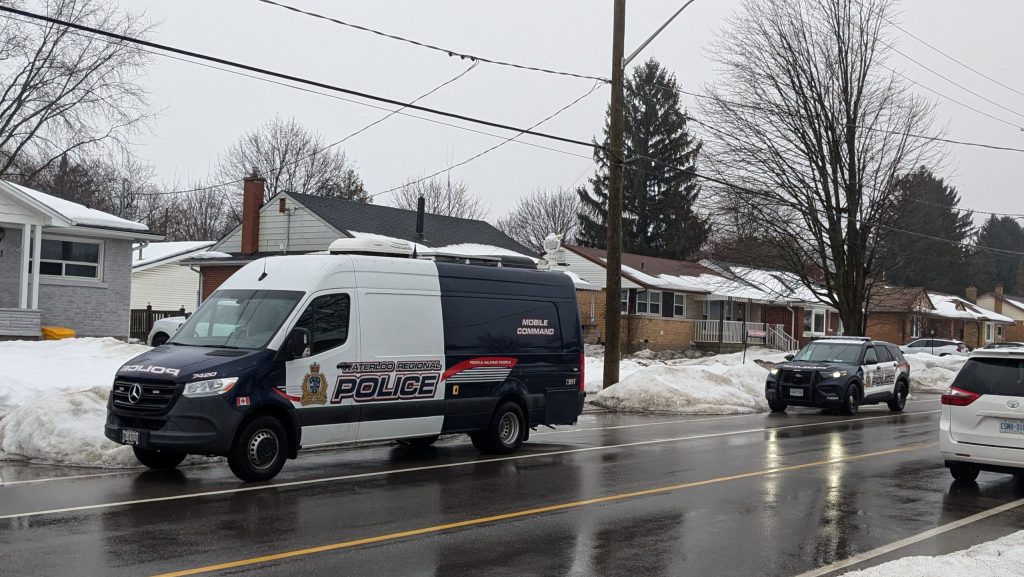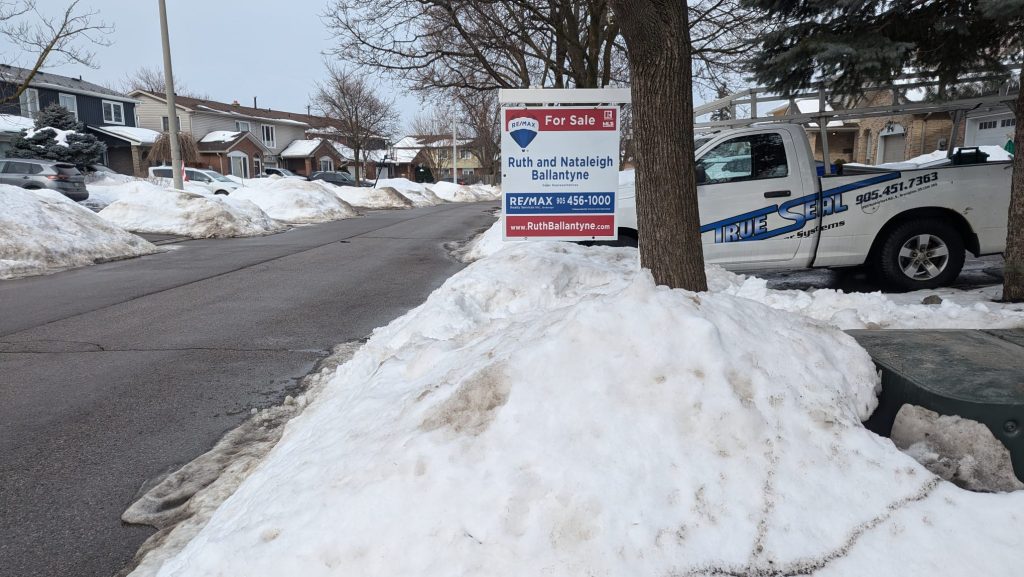UW researchers received funding to investigate lack of family-sized apartment housing in region
Posted Jun 22, 2022 08:45:00 PM.
Researchers at the University of Waterloo have received funding from the Social Science and Humanities Research Council of Canada to investigate the lack of family-sized apartment housing in the Waterloo Region.
They will be looking into the barriers that developers face in our area when it comes to these housing units, identifying feasible and efficient potential solutions.
Those solutions will then be tested using land and housing market simulation.
These kinds of units are referred to as the “missing middle.”
Dawn Parker, who is a professor in the School of Planning, noted the evidence around the scarcity of these types of homes in the region is what motivated the grant.
“The motivation of the research has become accelerated as single-family homes have become out of sight for even the above or below median income buyer. However, in terms of supply, we have seen more units being supplied in the suburbs. But, there has been a dramatic and surprising complete shortage [of them] in the core area.”
She adds that forcing a family into a unit is not the way things should be done. Instead, providing more suitable housing for families in these missing middle areas, such as the central transit corridor, would allow residents access to transit-oriented development. Parker added in turn, it would also help the region to get closer to its carbon reduction goals.
Parker has shared with the region a potential opportunity to look at areas between 500 to 800 metres of transit stations, to “designate that specifically for low-rise intensified housing, and to take advantage of programs that come with particular zoning that would support affordable housing.”
She says this would bring a lot of potential to “improving our climate profile.”
According to a media release, the region offers a rich backdrop for this type of work. It stated that “in 2019, its ION light-rail transit in Waterloo Region was launched with the mission to move people and intensify land use.”
It noted that those objectives have been reached as more than 2.6 billion dollars were invested in the corridor, allowing more high-rise residential buildings to be developed. However, at the same time as the development, housing in Waterloo Region became much less affordable.
Parker expressed how attractive the region is, especially with both the traditional suburbs and the urban core intensifying at a higher-than-expected rate.
“We are building in this tall and sprawl mode right now. This research helps to think about flattening those density gradients. Hence, we have neighbourhoods that more resemble London, Oxford, Paris, and the build form that supports density without giving up quality neighbourhoods.”
Researchers will be starting a “Missing Middle” working group which will contain representative stakeholders, non-profit funders, developers and municipal officials. This will give the researchers a more neutral forum to discuss these significant issues.
Parker said they would be working directly with developers and planners to create generic typologies for missing middle housing that would “potentially” be quickly approved. For example, building a duplex is extremely easy and does not require a site plan. But it is a long and complex process for those wanting to build a fourplex.
“We would like to streamline that process and hopefully make it easier for whoever wants to build housing units. Whether non-profit funders or individual property owners who want to join forces and build a new development, [making] it easier to build without sacrificing urban design and environmental quality.”
They will reach out to particular stakeholder groups to get more diverse voices at the table. Specifically, those people living in these houses and their experiences — what are they not finding in the market, and what they need.








